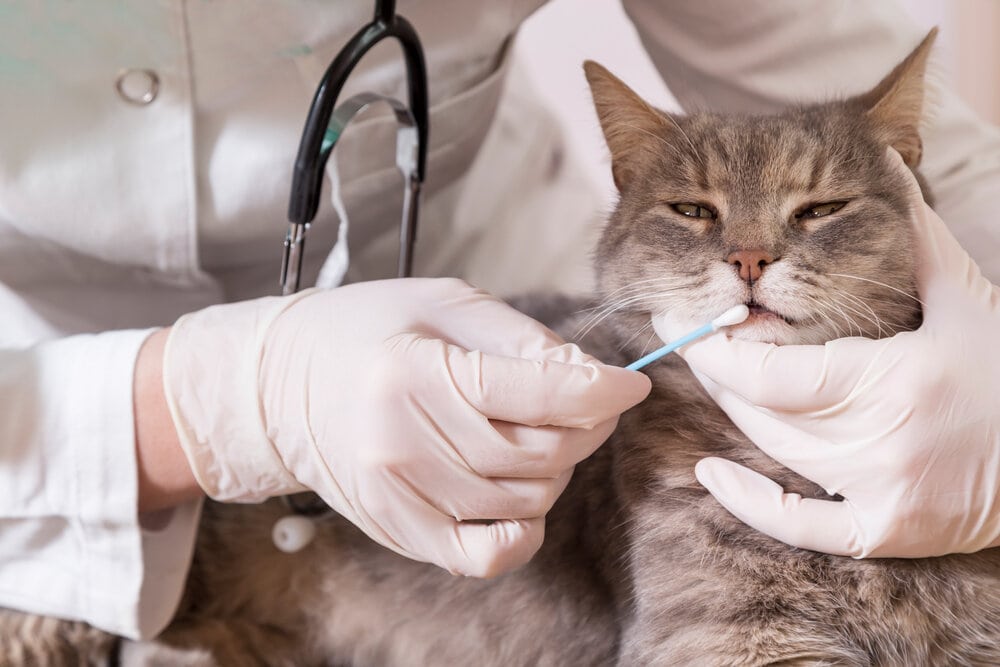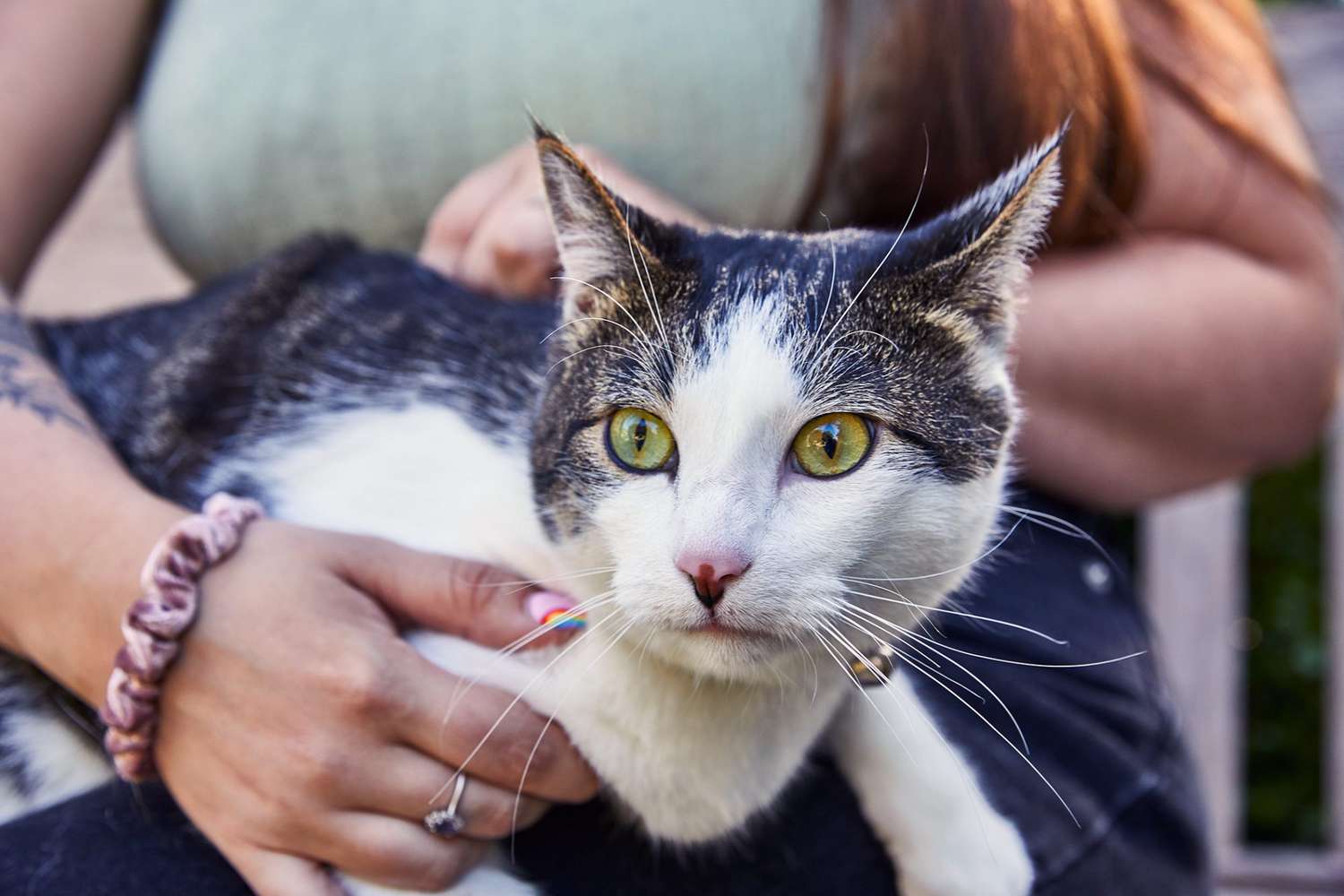Cats have long been full-fledged members of the family for millions of people around the world. We care for them like children: we choose the best food, toys, and sleeping places. However, one of the most intriguing mysteries for many owners is the origin of their pet.
What breed is your cat? Does it have a genetic predisposition to diseases? A modern DNA test for cats can provide answers to these questions.
What is a DNA Test for Cats?

A cat DNA test is an easy way to get information about your pet’s breed roots, as well as its health. The analysis is done on saliva or epithelial cells inside the animal’s cheek.
Using a cat breed test kit, pet owners can discover the mix of breeds in their cat’s genetic background, identify potential hereditary diseases, and gain insights into traits such as coat color, behavior tendencies, and even dental health. It’s a non-invasive and reliable way to better understand and care for your feline companion.
Why Know the Breed of Your Cat?
You can love your cat regardless of its origin, but understanding breed characteristics has many benefits:
- Behavioural traits. Some breeds tend to be very active, while others tend to be calm. For example, Abyssinians are playful and energetic, while British Shorthairs are even-tempered and lazy.
- Grooming features. Persian cats require frequent brushing, while Orientals have short fur and practically do not shed.
- Genetic risks. Breeds are prone to certain diseases. Siamese and Oriental cats, for example, can suffer from liver amyloidosis.
How is Testing Done?
- Ordering a kit. You order a DNA collection kit from Basepaws or another specialized resource.
- Collecting a sample. Using a sterile swab, you carefully collect a saliva sample from your cat.
- Sending to the lab. The sample is sent back to the lab in a pre-paid envelope.
- Getting a report. After 4-6 weeks, you will receive a detailed report indicating the breeds, their percentages, and a list of genetic diseases your cat may be predisposed to.
What will the report show?
Basepaws Cat DNA Test divides the data into several categories:
- Breed profile. You will discover which breed groups your pet belongs to (for example, oriental, Western, Exotic, etc.).
- Genetic health. Possible mutations associated with hereditary diseases are identified.
- Microbiome. An additional analysis of the bacterial environment in the cat’s mouth can help diagnose problems with teeth or gums.
Is it safe?
Absolutely. Saliva collection does not cause discomfort to the cat, and the labs working with DNA strictly adhere to safety and privacy protocols. Your information will not be shared with third parties without your consent.
Why Should You Take the Test?
Understanding your cat’s genetics is a step towards more conscious and caring care. This test will be useful not only for owners of purebred animals, but also for those who took a pet from a shelter or the street. It will help to understand the behavioral characteristics better, prevent possible diseases, and even choose the right diet.
Conclusion
Innovative technologies allow us to learn more about pets than ever before. DNA testing for cats is not just a trendy novelty, but a powerful tool for caring for the health and well-being of your pet. If you want to understand better your cat, its heredity and needs, the Basepaws test is a great start.

